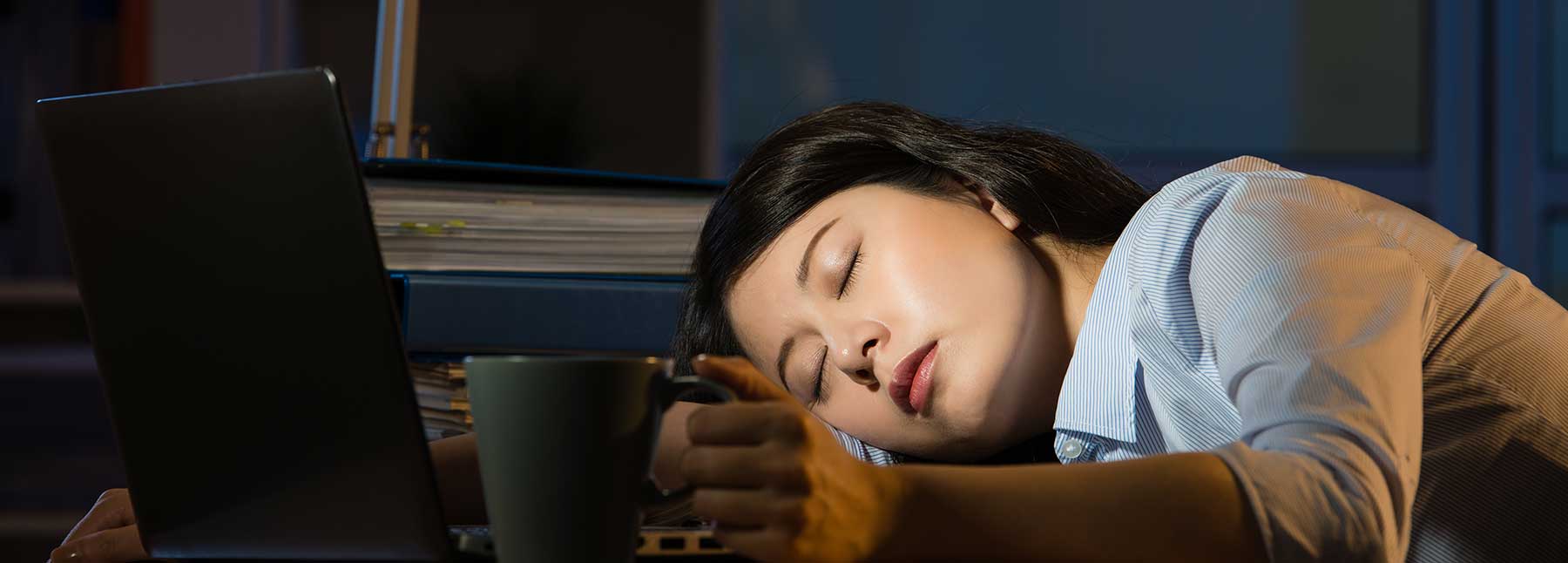With our working lives having taken an unexpected change and an abrupt shift to remote working, our need to adapt quickly and efficiently has been brought to the fore. Thousands of businesses and millions of employees have very effectively stepped up to the challenge of work from home (WFH) and are now entering a new era of hybrid working options.
Going digital has become a real necessity, and a substantial amount of infrastructural change, patience and openness has been necessary to adapt to this immense challenge. While most of us have done well to acclimatise to this new way of working, research shows that burnout is becoming a threat, as a result of long-term working from home.


